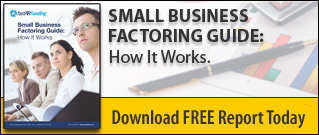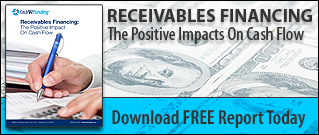New numbers released this week show that the Thomson Reuters/PayNet Small Business Lending Index has January’s small business lending volume up 14% from just one year ago. However, Reuters also reports that, “Seasonally adjusted borrowing actually fell to just below November's level.” In short, it appears we’re taking two steps forward and one step back in what PayNet’s president/founder William Phelan called “the long-haul recovery.”
Why the lack of linear progress? It comes down to where the money goes once small business owners borrow it. Reports Reuters, “With the jobless rate at 9 percent, small businesses are seen as key to the recovery, because they create most of the new jobs in the U.S. The money they borrow is usually earmarked for new equipment, which in turn can signal future hiring, as companies take on new employees to operate their new machines.” Unfortunately, job creation is falling short of economists’ predictions. Small business owners are largely avoiding taking out small business loans or using their borrowed funds to replace current equipment, maintaining (rather than increasing) their capacity.
Additionally, small business loans are being viewed with skepticism these days, as entrepreneurs are hesitant to acquire new debt in an unstable economy. Congressman Jeb Hensarling (R-TX), told Reuters of a local businesswoman who seemed to sum up the feeling among the entrepreneurs he’s met, saying, “Congressman, you could pay me to borrow the money and I wouldn't do it because you can't guarantee me the customers.”
Without increased consumer spending, small business lending may remain stalled, which can result in a vicious cycle. Some entrepreneurs, however, are finding that they can obtain small business financing without creating debt or worrying about new customers. Accounts receivable factoring allows small business owners to sell their invoices for immediate access to needed operating capital, keeping them out of debt while maximizing the benefits of having outstanding accounts receivable.
For information about accounts receivable factoring, consult your financial advisor.








